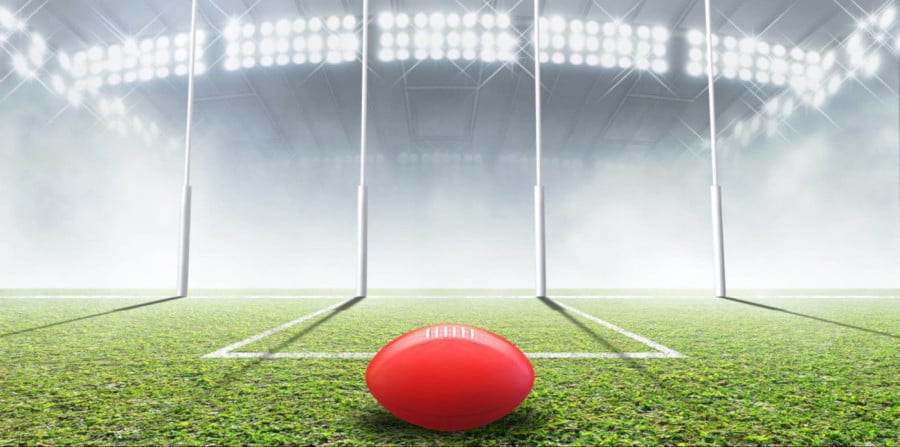A second bite of the cherry: reviewing the 2019-2022 wage deal for the Australian Football League Women

The Australian Football League Women’s (AFLW) commenced operations in 2017. It comprised eight teams. The Australian Football League (AFL) and Australian Football League Players’ Association (AFLPA) negotiated a collective bargaining agreement (CBA) covering the wages and working conditions of players. The agreement was based on a tiered system of payments with an average income of approximately $10,500 for an eight-week pre-season and nine-week competition – seven rounds with all clubs playing each other once and two weeks of finals. It was quickly found that the training and playing demands required of players exceeded those originally envisaged. For the 2018 season payments were increased to an average of over $13,800 to incorporate these extra hours.
The AFL announced that it would increase the AFLW to ten teams in 2019, and then to fourteen in 2020. The AFL and the players disagreed over what the length of the season should be following the inclusion of these new teams. It is an issue which has caused problems with both rounds of expansion. Beginning with the expansion to ten teams, the AFL wanted to maintain a seven-week competition (plus two weeks of finals) while the players wanted to expand the season to nine rounds, all clubs playing each other once. The AFL prevailed and introduced a system of two conferences of five teams with a seven-round season; clubs would play seven other clubs; missing out on playing two other clubs.
This article reviews and analyses the terms of the new CBA for the 2019-2022 seasons.
To continue reading or watching login or register here
Already a member? Sign in
Get access to all of the expert analysis and commentary at LawInSport including articles, webinars, conference videos and podcast transcripts. Find out more here.
- Tags: Athlete Welfare | Australia | Australian Football League for Women (AFLW) | Australian Football League Players Association (AFLPA) | Collective Bargaining | Employment
Related Articles
- Forming teams of their own: The dramatic emergence of player associations across the globe
- Building Momentum: The evolution of women’s wages In Australian Professional Team Sports
- Gender equality in football - how much does FIFA “value” the women’s game?
- Sport and equality - the year in review 2018/19
Written by
Braham Dabscheck
Braham Dabscheck is a Senior Fellow, Faculty of Law, University of Melbourne, Australia.
Previously, he taught industrial relations at the University of New South Wales for 33 years until 2006 and established himself as an international expert in the field. Among his extensive publications are almost 80 book chapters and articles on industrial relations, economic and legal aspects of sports in Australia, Europe (including the United Kingdom), Japan, New Zealand, the United States and Zimbabwe.




